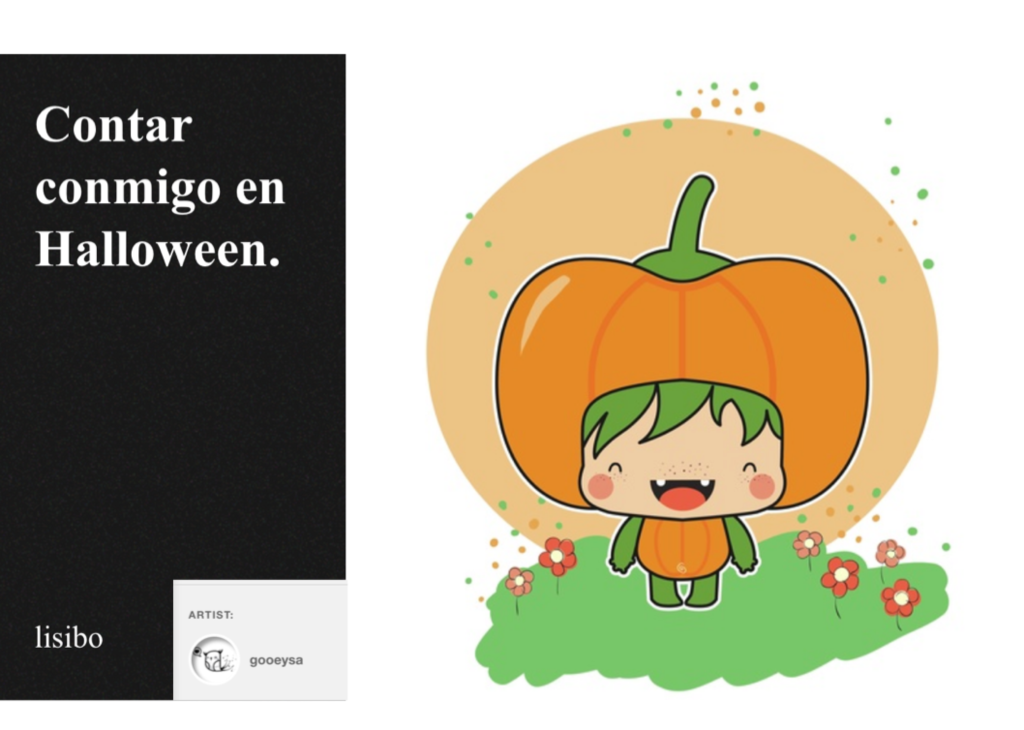Not quite sure what to do today? Nor is our hero. Read on to find out what he decides to do.
¡Vámonos!
Continuing with my “Storybird collection”, here’s Los animales, a book that describes some unusual animals.
Me gusta la música / A veces toco un instrumento – more Storybirds!
I’m having a bit of a Storybird ‘splurge’ at the moment. It’s my chosen form of relaxation this week!
So here are two I’ve just written with the QCA Unit Yo soy músico in mind (see here for a previous post on this unit and here for a fun activity we did using Twitter!). Two becasue one is very simple with phrases using tocar plus an instrument e.g. Toco la flauta, whilst the second adds a frequency phrase to the sentence e.g. Toco el piano cada miércoles; Toco la guitarra a menudo etc. I guess i could write a third version adding even more detail…
This story has beautiful illustrations to help talk about the weather in Spanish.

A new Storybird that has not been seen previously, especially for Halloween – and specifically written for RGo at WCPS ;o)
Count with Calabaza (Pumpkin) from 0 to 9, and then find the Halloween objects in the story.
Hope you enjoy it!
UPDATED October 2020
Storybird have changed the ability to share so here it is narrated as a PPT.
Another Storybird, this time with more text.
“Mis amigos raros is a Spanish story about Eduardo’s friends who are all a little out of the ordinary.”
Mis amigos muy raros. on Storybird
I’ve decided to (re)publish my Storybirds over the next few days. Here’s the first, a very very simple ‘story’ about colours in Spanish.
Los colores on Storybird
In celebration of the new features of Storybird, I’ve been back to the site and had another play around and written a new book!
I’ve written about Storybird before here, here and here. Oh, and here and here too!
New things on Storybird that I think are particularly useful from an educational point of view –
1. No more Flash so you can use and view the Storybirds on any smartphone or devices including iOS such as iPads and iPod Touch devices. This also means that you can write Storybirds in scripts that do not use Latin characters such as Greek, Mandarin and Arabic.
2. More categories, making it easier to search for a story written by someone else, and also filter for age appropriate stories.
3. New ‘create’ page and new covers.
HOWEVER, you may now be able to write in other scripts but you still can’t publish them to the PUBLIC gallery, nor can you publish in any language other than English. The Community Guidelines state
‘While we celebrate all cultures and languages, we can not at this time moderate and thus approve Storybirds for the public library that are written in languages other than English. We will be expanding internationally soon, and we will add specific language support as we do. In the meantime, the stories can still be published in your private library and shared with your family and friends.’
Whilst I know that this is a small company and moderation in lots of languages costs money, the MFL Twitterati did offer to help, and I’m sure that offer still stands?! And I wonder what their plans are – the site is now 3 years old. I will tweet and ask. Watch this space!
UPDATE
Here is the Twitter conversation with Storybird! (NB read from bottom up!)
So it seems we have a while yet before we can freely share our Storybirds on the site.
HOWEVER, to get around this, you can embed them into a blog (as I have here), or share the URL of your Storybird (I shared with my own email address then opened the book and copied the URL)
And there is also the wonderful MFL Storybird wiki. Whilst the URL way will still work, the fact that you are now given an embed code means that the books can now be embedded on the page and read there and then rather than having to be transferred to Storybird.com to read!
A shame that you have to “know the right people” to be able to access all these stories in other languages but better than nothing!
La Consejería de Educacción en el Reino Unido e Irlanda has just sent me the following invitation that I’d like to share as I know it will be a wonderful day!
Spanish Seminar
En español, ¿por qué no?, Delivering the curriculum through Spanish
30th November 2012Arena and Convention Centre (Hall 12), Kings Dock, Liverpool Waterfront
The Seminar will review and debate the integrated learning of Spanish through curriculum content.
The seminar is free of charge, funded by the Consejería.
Please fill in and send us the enclosed application form before November 22nd.……………………..
Seminario del español
En español, ¿por qué no?, Delivering the curriculum through Spanish
30 de noviembre 2012Arena and Convention Centre (Hall 12), Kings Dock, Liverpool Waterfront
El Seminario tratará sobre el aprendizaje de español a través de contenidos, con ejemplos recientes en el Reino Unido.
Es gratuito, subvencionado por la Consejería.
Para inscribirse, rellene y envíe a este correo el formulario adjunto, antes del 22 de noviembre.
The ‘enclosed form’ is here – Formulario. The programme for the conference is below.
It looks a great day with a mixture of research and theory about, and classroom experiences of CLIL and bilingual learning. And it’s free, plus not in London!
¡Vámonos! ©2025. All Rights Reserved.
Powered by WordPress.
Theme by Phoenix Web Solutions




